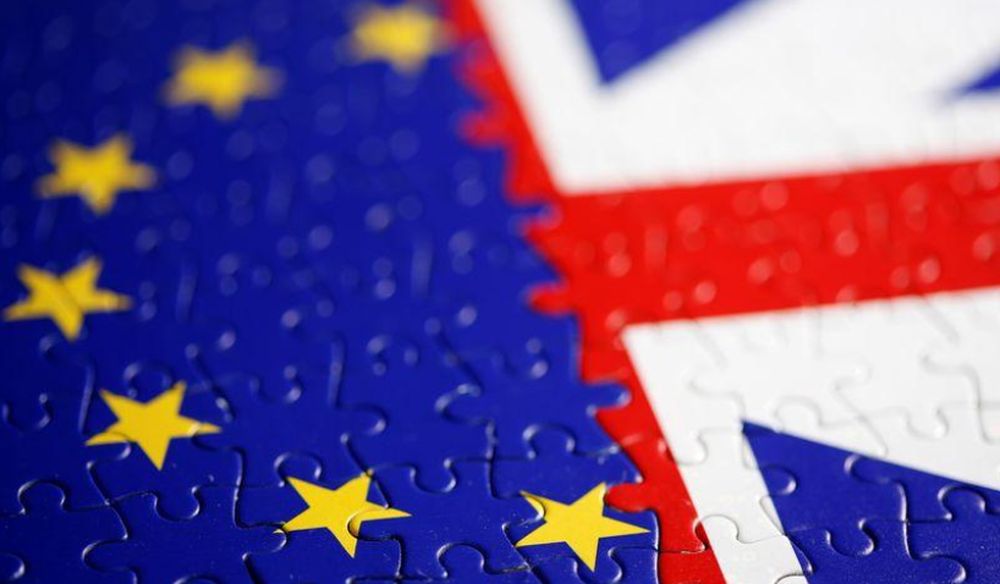LONDON, May 19 — The United Kingdom announced a new post-Brexit tariff regime today to replace the European Union’s external tariff, maintaining a 10 per cent tariff on cars but cutting levies on tens of billions of dollars of supply chain imports.
After decades outsourcing its trade policy to the EU, Britain is seeking free trade agreements with countries around the world and aims to have deals in place covering 80 per cent of British trade by 2022.
The new tariff regime, in place from January 2021, marks a departure from what some UK officials call an overly complex EU system, setting out Britain’s stall as it negotiates trade deals with both the United States and the Brussels-based bloc.
Britain said the regime, known as UK Global Tariff, would be simpler and cheaper than the EU’s Common External Tariff. It will apply to countries with which it has no agreement and removes all tariffs below 2 per cent.
“Our new Global Tariff will benefit UK consumers and households by cutting red tape and reducing the cost of thousands of everyday products,” International Trade Secretary Liz Truss said.
The government said tariffs would be eliminated on a wide range of products, with 60 per cent of trade coming into the UK tariff-free on WTO terms or through existing preferential access.
The UK will maintain tariffs on products competing with industries such as agriculture, automotive and fishing, and remove levies on 30 billion pounds (US$37 billion) worth of imports entering UK supply chains.
“Keeping agricultural protection makes sense as a bargaining chip for EU & US trade negotiations. But means big cost increases for agriculture imports if no UK-EU FTA,” said Thomas Sampson, Associate Professor at the London School of Economics.
The UK will also remove tariffs on products which support energy efficiency and will introduce a temporary zero tariff on goods being used to fight Covid-19 such as personal protective equipment. — Reuters






















